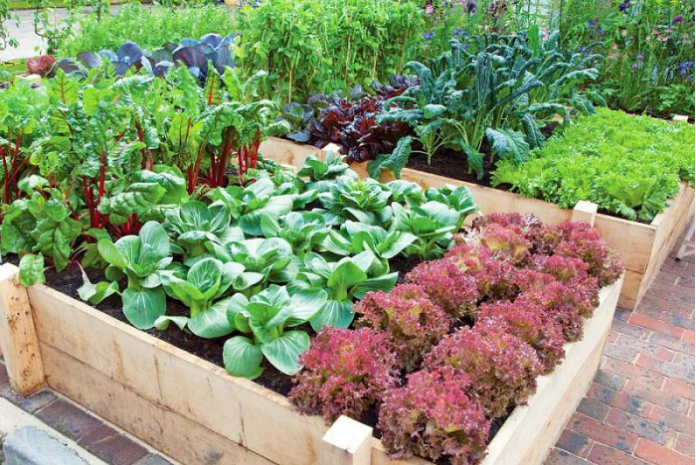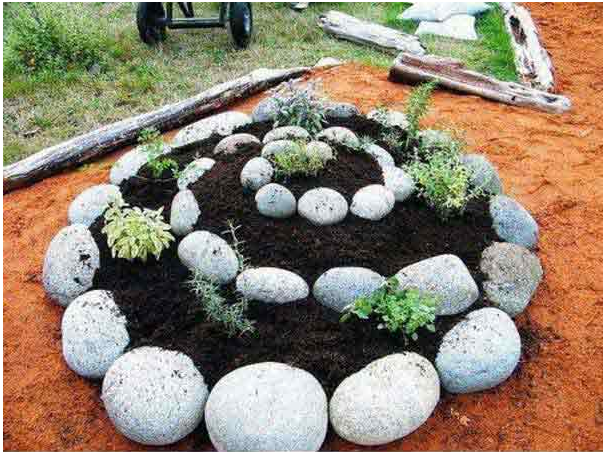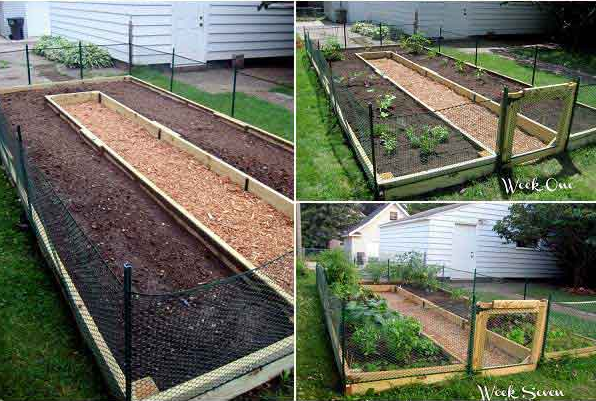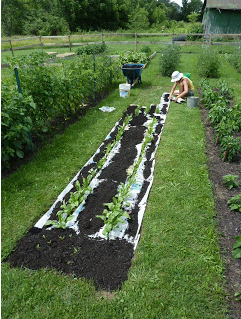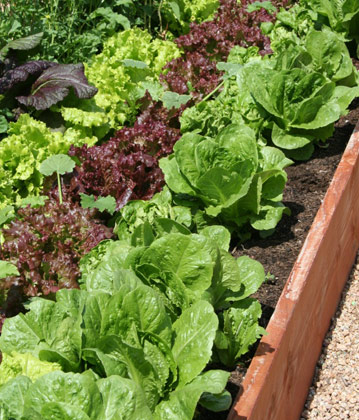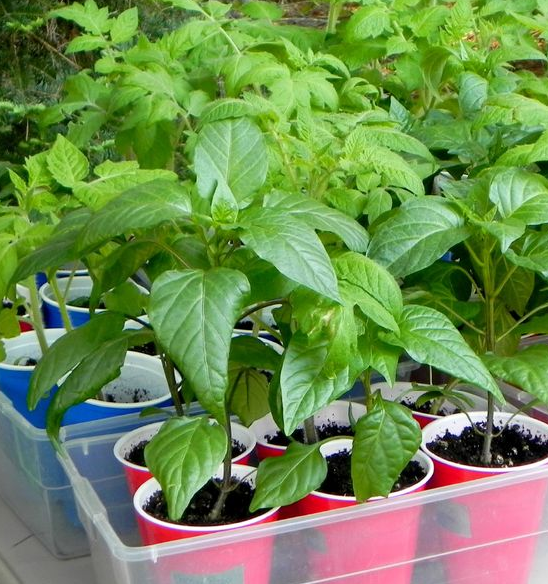7 Tips to Growing Your Own Produce
7 Tips to Growing Your Own Produce
April is National Gardening Month and what better way to get into the gardening spirit than planting your own veggie and herb garden? Growing your own fruits, vegetables, and herbs has many benefits:
• Cost. Growing your own fruits, veggies, and herbs will help you save money at the grocery store.
• Nutrition. Produce from a store can lack in nutrients because of the journey it had to take to get there. Growing your own produce means you will be eating it when it’s the freshest and at its full nutritional value.
• Organic. Having your own garden means you have full control over the amount and type of pesticides used. If you’d like, you can make it completely organic (natural pesticides or completely pesticide-free), which makes your produce healthier.
• Healthy children. When children are involved in the gardening process, it can make them feel excited to eat their fruits and veggies knowing they had a hand in growing them. This helps them build healthy eating habits while they’re young and ensures they are getting the nutrition they need for healthy growth.
These are just some of the benefits of growing your own produce. Here are some tips for starting/maintaining your garden.
1.) When laying down soil, give your plants a significant amount of space to grow in and absorb nutrients from. Create raised garden beds out of wood to ensure there is enough fertile soil to give your plants nutrients. A raised bed should be rich in organic matter like aged manure, compost, or vermicomposting. If the soil does not drain well, add perlite or sand.
Via: Balcony Garden Web
2.) Consider spiral or U-Shape gardening. These types of beds are great if you have limited space to plant your fruits, veggies, or herbs!
Via: recycledawblog.blogspot.com
Via: brittanystager.com
3.) If you are planting peas, build trellises (like these teepee-shaped structures) to make harvesting and maintaining your peas easier.
4.) Lay sheets of newspaper around plants before putting down mulch. The newspaper will help ensure that weeds and grass can’t come up.
Via: The Common Milkweed
5.) When picking a spot to start your garden, choose a spot that gets at least 6 hours of sunlight per day.
Photo Via: Country living
6.) The sooner you start planting your garden the sooner you will have a garden full of vegetables and fruit. Spring is an optimal time for starting, but the weather isn’t always the best. Start by planting indoors and then transplant them to your garden when the weather improves. Use this growth calendar to help create your planting timeline.
Photo Via: Grow a Good Life
7.) The most efficient way of watering plants in the garden is by using soaker hoses and drip lines. These watering systems deliver water directly to where it is needed and allows time for roots to absorb water. Generally, one inch of water per week, including rainfall, is sufficient for most vegetables, depending on the type of soil, weather, and plant.
Via: ericarascon.com
partial content via: Balcony Garden Web
